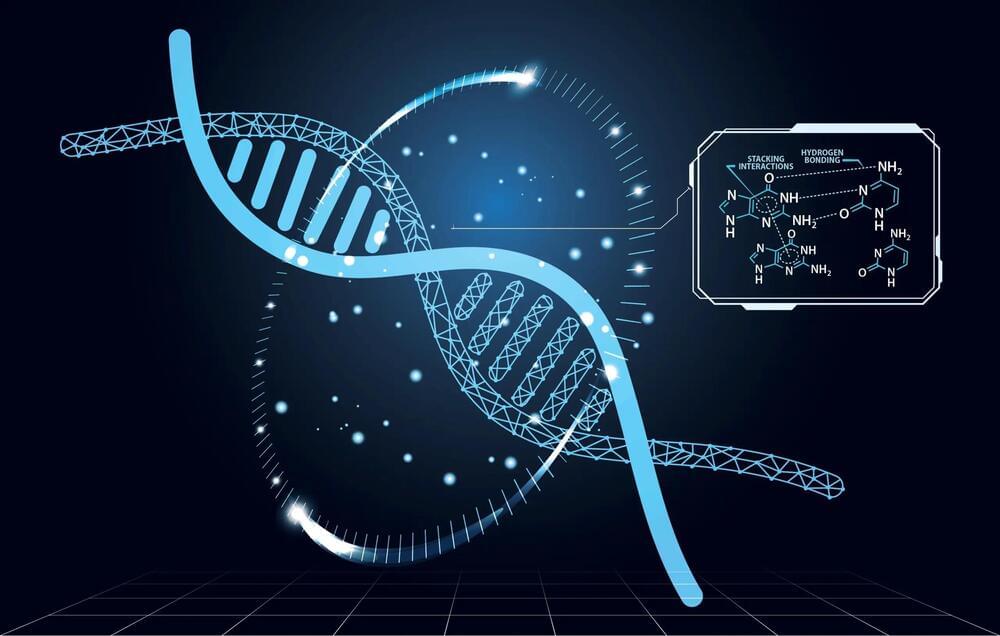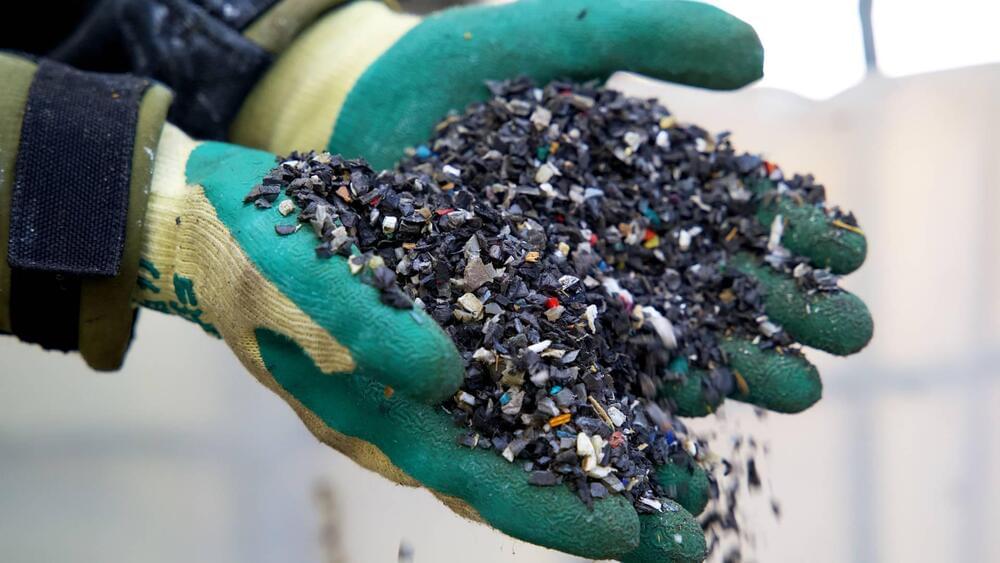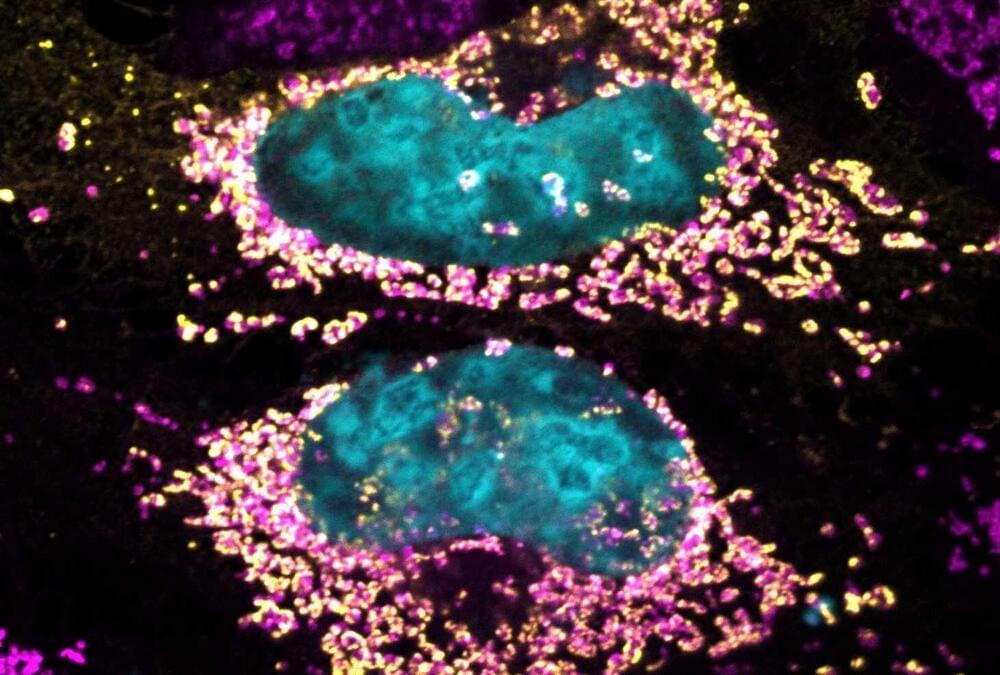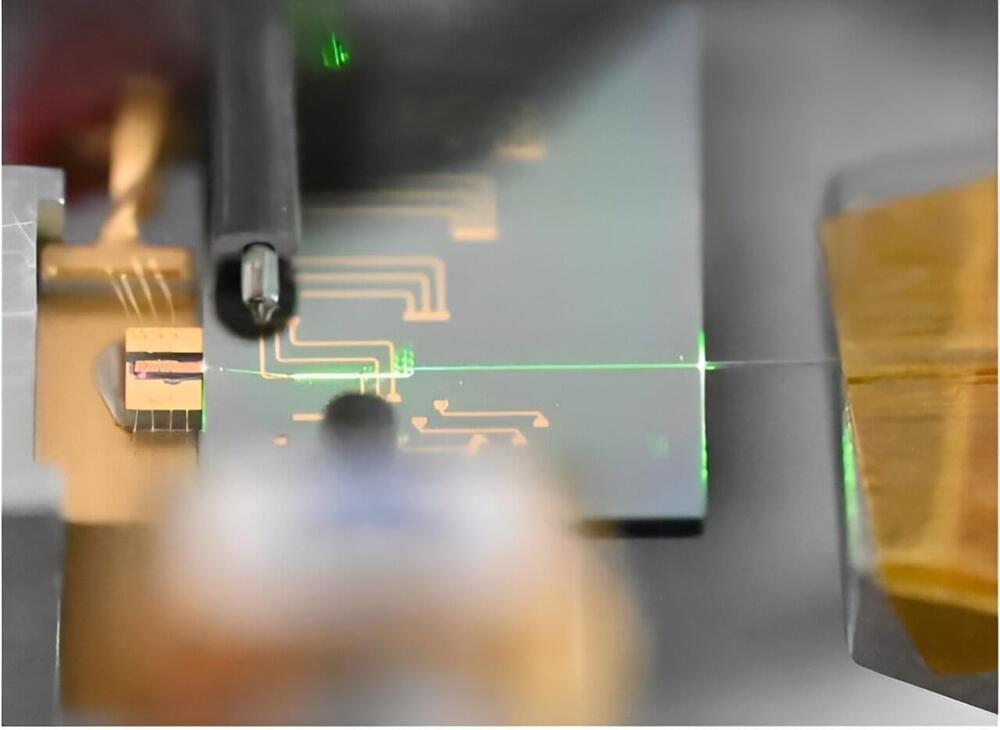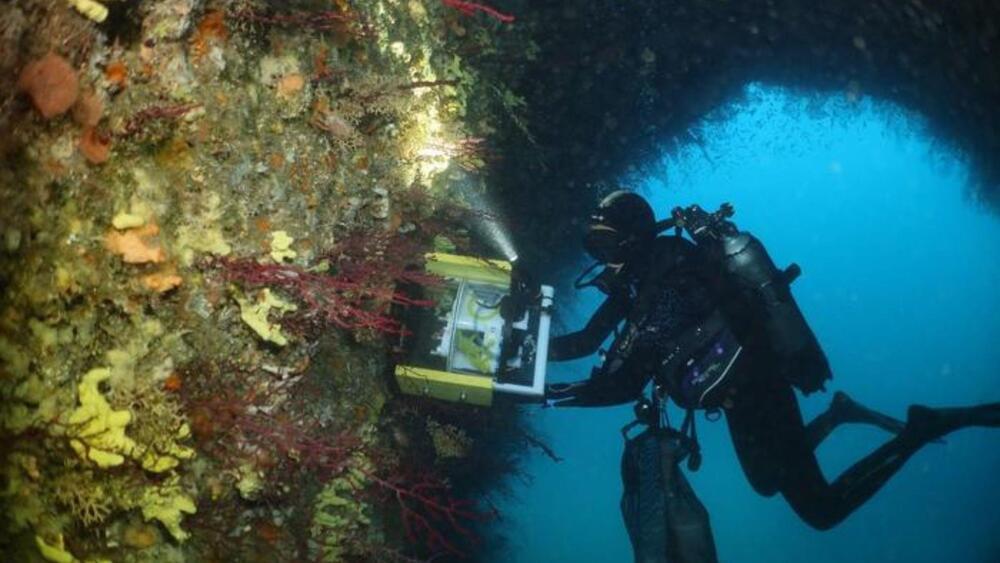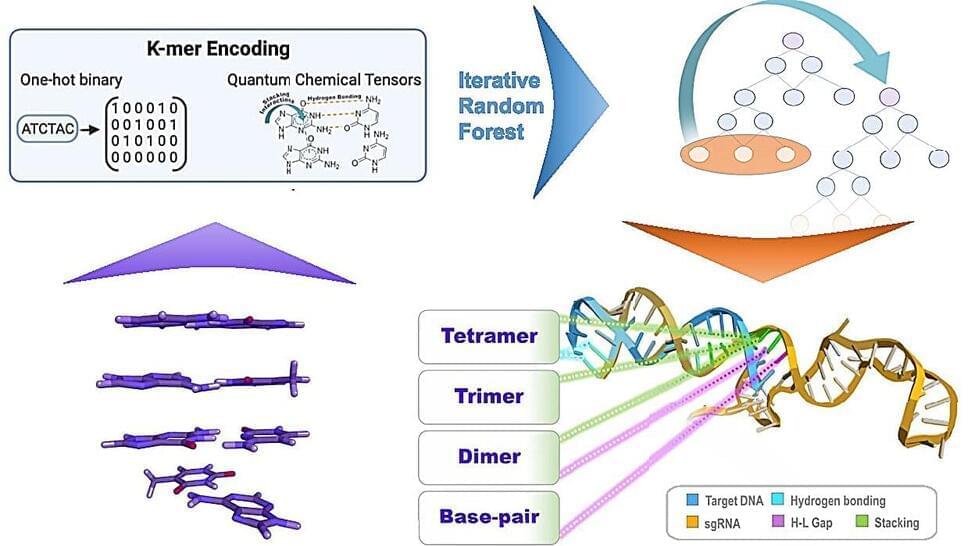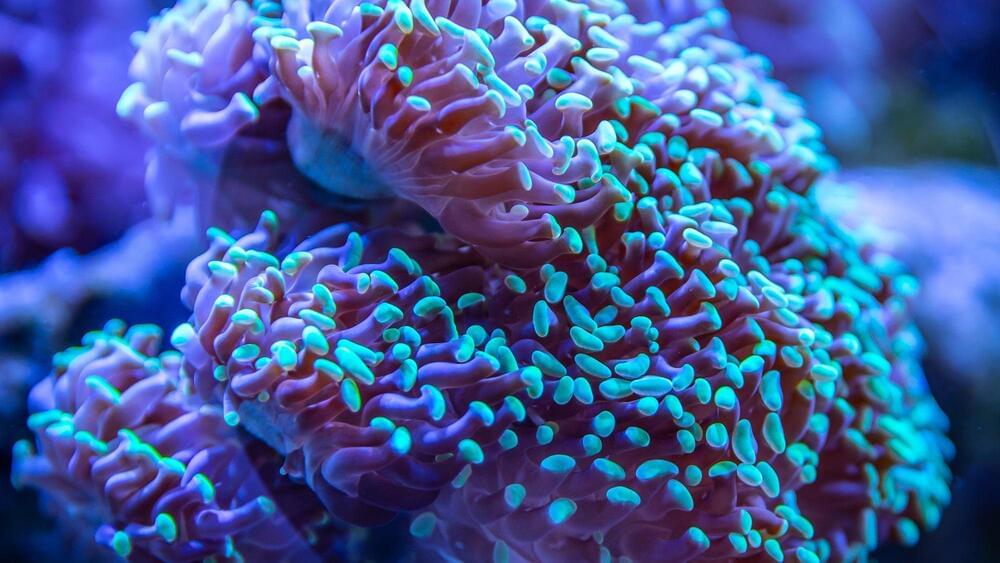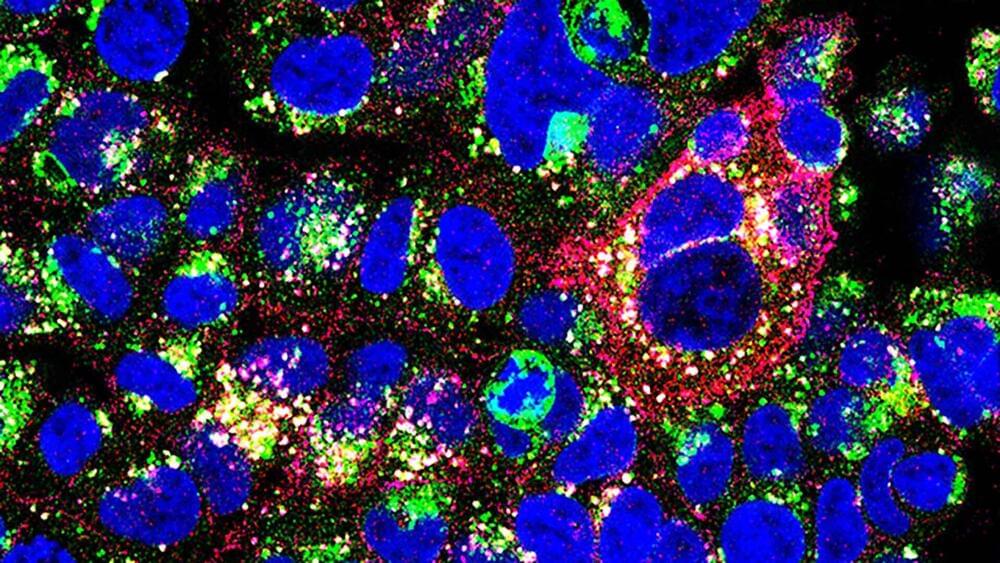Oak Ridge National Laboratory’s research in quantum biology and AI has significantly improved the efficiency of CRISPR Cas9 genome editing in microbes, aiding in renewable energy development.
Scientists at Oak Ridge National Laboratory (ORNL) used their expertise in quantum biology, artificial intelligence, and bioengineering to improve how CRISPR Cas9 genome editing tools work on organisms like microbes that can be modified to produce renewable fuels and chemicals.
CRISPR is a powerful tool for bioengineering, used to modify genetic code to improve an organism’s performance or to correct mutations. The CRISPR Cas9 tool relies on a single, unique guide RNA.
